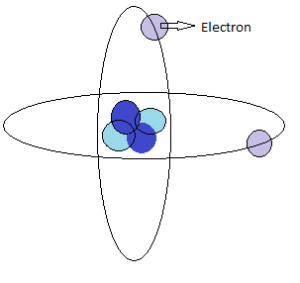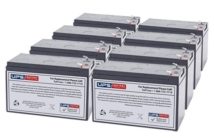Ions are nothing but atoms or molecules with positive or negative electrical charge. As we discussed in a previous post, all matter is made up of atoms. Alternately, we can say that atom is the smallest unit of matter that can exist in a stable form.
Sub-atomic particles
Atom is made up of electrons, protons and neutrons. Electrons are negatively charged while protons are positively charged. Neutrons are neutral, i.e. they have neither negative nor positive charge. The protons and neutrons form the nucleus of the atom whereas electrons orbit around the nucleus, as shown in Figure 1.
Figure 1: Electrons Revolving Round the Nucleus
Atomic Ions
So atoms are made up of charged particles (and also neutral ones). When the number of these charged particles is the same, the atom is neutral. When an atom has more protons than neutrons, it gets positively charged. This positively charged ion is called cation. When an atom has more electrons than protons, it gets negatively charged. This negatively charged ion is called anion. There are 4 ways in which an atom can become an ion:
- Atom can lose an electron to get positively charged
- Atom can gain an electron to get negatively charged
- Atom can lose a proton to get negatively charged
- Atom can gain of proton to get positively charged
Protons are 1836 times heavier than electrons. So atoms find it easier to lose or gain electrons to become ions.
Molecular Ions
When a molecule (a group of atoms bonded together) combines with an atomic ion, the molecule gets charged and becomes an ion. Such ions are called molecular ions. Similar to an atomic ion, a molecular ion may be molecular cation or anion. Some examples of molecular ions are NH4+ (ammonium), OH– (hydroxide), etc.
Ions are sources of energy, whether in the human body or electrical gadgets. Negative ions in the body relax you and energize your body. Lithium-ion batteries power everything from your mobile phone to your laptop.
Related Articles:
Hybrid and Electric Vehicle Batteries
Defining Amps, Volts, Watts and Ohms
What is an atom




